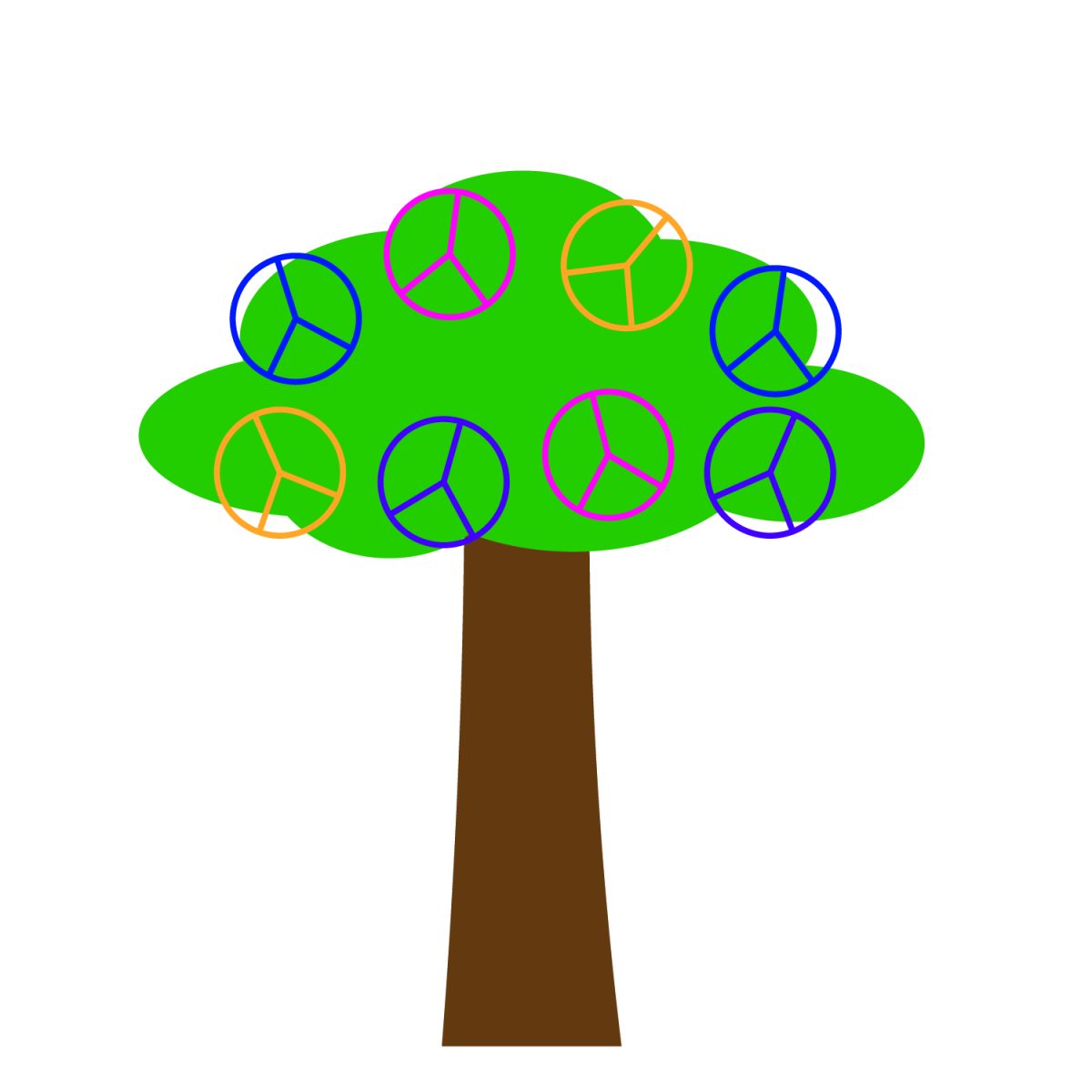A white pine tree was planted Thursday, Oct. 17 in a peace tree ceremony involving multiple local indigenous groups and musician group The Black Thunderbirds. Environmental Sciences and Society students planted the tree, with guest speakers explaining the significance of the tree and its meaning.
Kiersten Prom, President of the ESS club, told the Exponent, “It means a lot to me. It’s super cool that we were able to put this on, and that we were able to get the people who know about this to come here and help us, and I really appreciate just everything they did. It makes me so happy. “
Attendees were presented with a small amount of tobacco, with guest speaker Alton “Sonny” Smart explaining the significance of indigenous cultures. Attendees then placed their tobacco at the base of the hole dug for the tree, leaving it as an offering.
Shaun Stoeger, UW-Platteville’s tribal liaison stated, “The connection between indigenous groups and UW-Platteville is critical. Every piece of land is tribal land, and I think this campus is one that really needed to increase its native population and climate on campus.”
The Black Thunderbird singers performed two songs, and speaker Nels Huse from Menominee Tribal Enterprises talked about the importance of indigenous companies in business. “There are 11 federally recognized tribes in Wisconsin. Even though they’re a small percentage of the Wisconsin state population, they have a huge impact on everything, from employment, to government, to everything. Developing that relationship is really important,” Stoeger stated.
After the tree was placed in the hole and the ground filled, the manager of tribal relations at the Milwaukee Public Museum James Flores told the account of the Haudenosaunee formation. The Great Law of Peace resulted in the planting of a white pine, with instruments of war buried beneath. This peace formed the oldest democracy in the United States and was the model of government that Americans later followed.
Attendees were given an arrowhead and placed into the dirt point-down. The peace tree in time will surround the roots, leaving attendees with the symbolic knowledge of that negativity being broken. “We should connect ourselves with the tree’s spirit,” Sonny explained, “and we asked students that as they pass the tree, they touch it and say hello.”
Stoeger reflected, “For campus, it’s very important because it starts to connect students and faculty and staff both with tribal culture and with the earth itself and the land itself. I think it’s another way for people to begin acknowledging the earth, especially the importance of it in the future.”
Flores later said in interview, “I think having this peace tree ceremony has been very helpful for indigenous representation, not only for native students, but I think also for the general student population, to remind students that their campus is on indigenous land. There’s a unique history of this place. We’re here to remind the institution that this history, the work being done to increase the Native American student population, is work that is continuous and this peace tree ceremony is hopefully a good reminder of that, when they see it walking past.”




